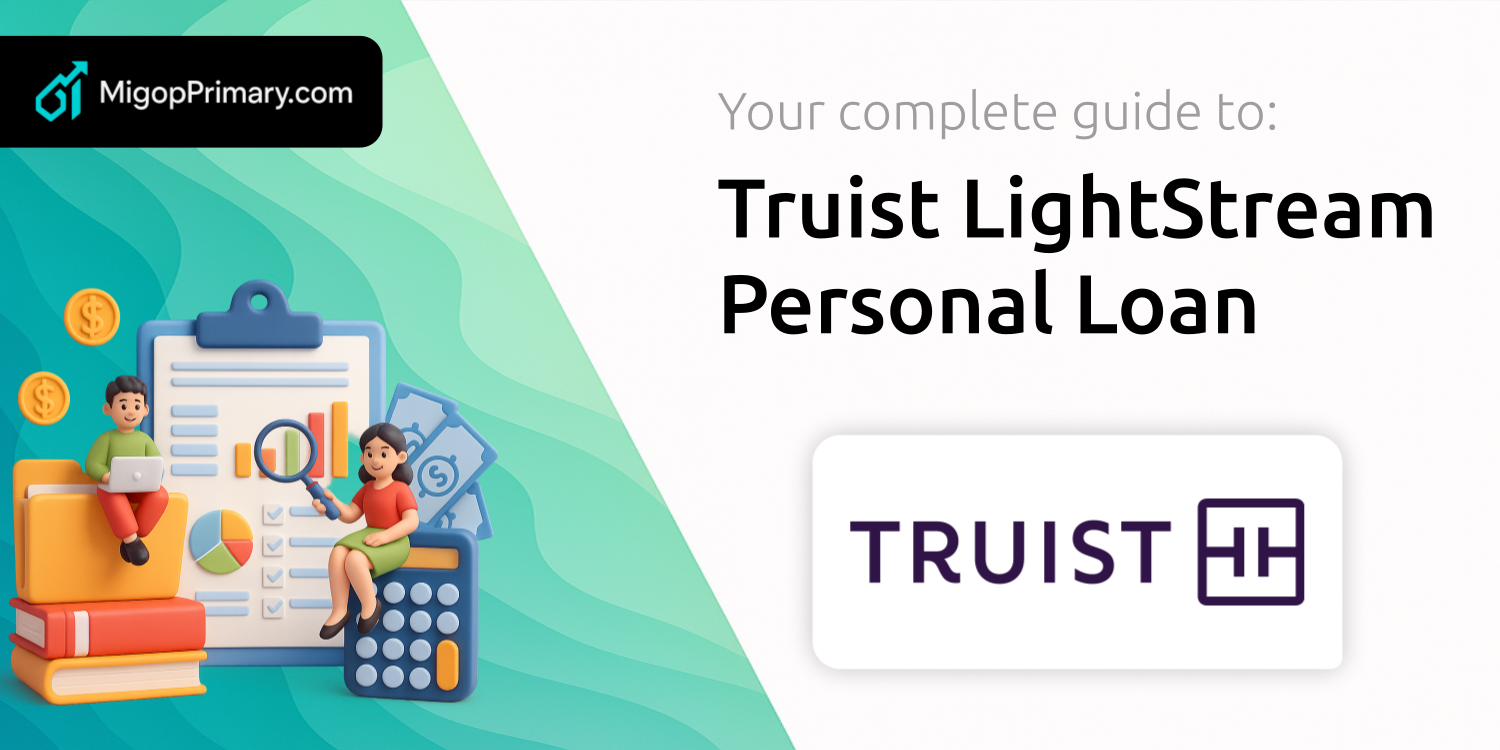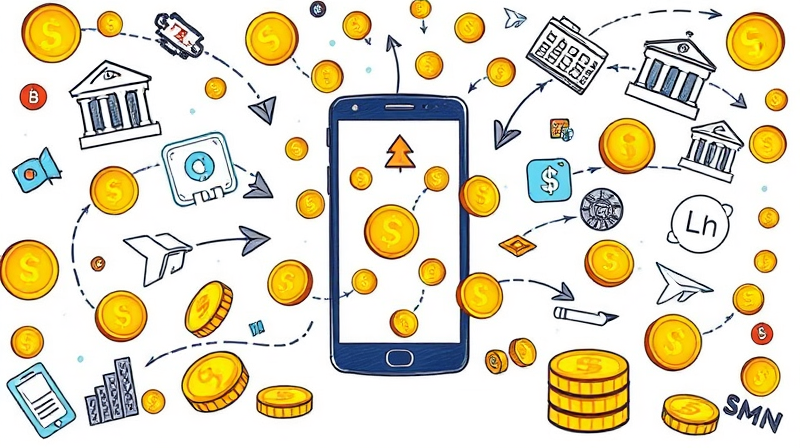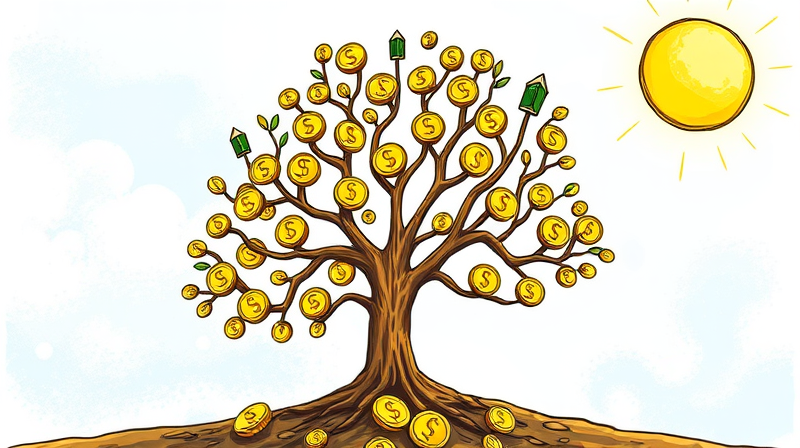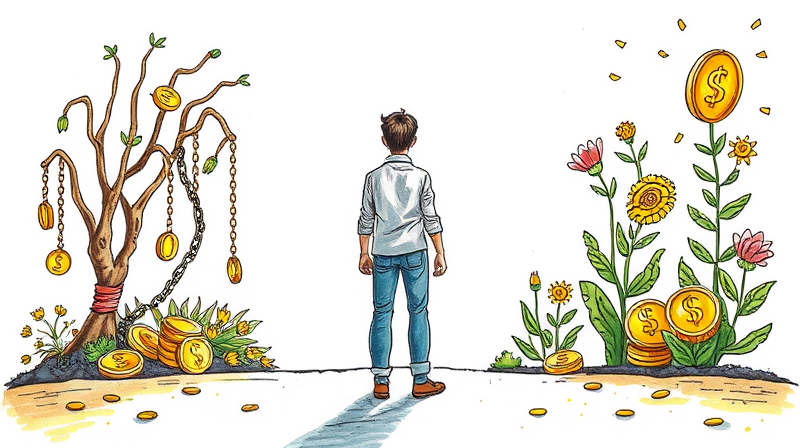
Professionals juggle demanding schedules and mounting responsibilities every day. Managing finances under such pressure often feels impossible, leading to stress and missed opportunities. In 2025, however, you can implement budgeting in terms of hours worked rather than dollars spent, ensuring every purchase aligns with your most valuable resource: time.
This comprehensive guide delivers simple, actionable hacks to save both time and money. From smart budgeting and automation to investment optimization and behavioral changes, you’ll discover strategies backed by data to reclaim hours and grow wealth simultaneously.
Traditional budgeting can feel tedious, especially when every minute counts. By reframing expenses as time commitments, you force a deeper evaluation of each purchase. For instance, if you earn $100 per hour, a $50 lunch costs you half an hour of work—this perspective often curbs impulse buys.
To simplify allocations, start with the classic 50/30/20 rule: dedicate 50% of income to essentials, 30% to discretionary spending, and 20% to savings or investment. You can refine this with the bucket method, assigning separate accounts for housing, transportation, and emergencies.
Many professionals lose hundreds annually to forgotten subscriptions. Schedule a monthly audit to cancel unnecessary services. Recover an average of $200–$600 each year simply by scanning your statements and trimming unused fees.
Automation minimizes manual effort and strengthens consistency. Set up automatic transfers to savings and investment accounts each pay period—that way you automate savings to disciplined accounts and avoid the temptation to spend first.
Expense round-up apps save spare change by rounding each purchase to the nearest dollar, often boosting your savings rate by 5–10% annually. Cashback and rewards apps can net an extra $500–$1,500 per year with minimal effort. For business owners, tools like Rippling handle payroll, benefits, and expense policy enforcement, saving hours each month.
Instead of micromanaging every latte, focus on your top three expenses: housing, transportation, and taxes. Reducing these large categories yields far greater returns than small frugality hacks.
Industry benchmarks recommend keeping housing under 30% of income, transportation at 10–15%, and funneling at least 20% into savings and investments. Use all available deductions and register in tax-advantaged accounts (RRSP, FHSA, TFSA) to trim your tax burden.
Renegotiate insurance premiums annually—comparing providers can save 20–50%, or over $1,000 per year. Appeal property tax assessments when possible to reduce bills by $500–$2,000. Shop utility and healthcare plans each season and potentially save 30–50% versus automatic renewals.
Smart investing and income tweaks can unlock thousands more each year. Offset taxable gains through tax-loss harvesting, reducing your annual bill by hundreds or even thousands of dollars. Robo-advisors like Wealthfront and Betterment streamline portfolio management with minimal oversight.
Explore fractional investing platforms to diversify into real estate or private ventures with small initial capital. Fully utilize FSAs, wellness stipends, and employee stock purchase plans to extract hidden value. Don’t overlook negotiating a raise—an extra $1,000–$10,000 per year often hinges on a well-prepared conversation.
Time is as precious as money. Leverage apps that streamline expense tracking and time management. Photograph receipts with Expensify or QuickBooks to automate categorization and eliminate manual entry.
Integrated dashboards like Mint or Cflow consolidate accounts, enabling one-click overviews of cash flow, investments, and upcoming bills. Tracking billable versus non-billable hours reveals opportunities to optimize your schedule and maximize income.
True financial mastery emerges from consistent, incremental progress. Try a 30-day financial challenge: implement one small improvement daily—cancel a subscription, set up an auto-pay, or review a statement. These micro-steps snowball into lasting habits.
Consider switching to digital-only banks for higher interest rates and no fees. Align your portfolio with sustainable investments to reflect personal values and enjoy potential tax benefits. Most importantly, monitor and track continually with weekly or monthly reviews to catch creeping expenses and seize new savings opportunities.
By focusing on focus on reducing your top three expenses and embracing automation, you can save over $20,000 annually. Your time is limited—use it strategically, and let technology shoulder the rest. With these hacks, you’re equipped to transform stress into financial freedom and reclaim hours for what truly matters.
References













